The Canon Sureshot Zoom XL wasn’t my first camera, others came before it. I got into film photography shooting a nifty fifty on an Olympus OM body while I was on holiday. I don’t think I even had a battery for the meter. But according to Kirk Mastin’s sage advice I wouldn’t even need one if I shot everything at f4, 1/125 on 400 film in good light. True to his word, the shots were perfect and I fell in love with film.
Admittedly, this was partly due to the focal length. I liked 50mm because on the one hand it seemed so versatile (step back a bit for an environmental shot, move a bit closer for a portrait) and on the other hand I found the process of framing compositions at that shooting distance to be especially satisfying. Another part of the love affair was the tactile pleasure of the camera itself, the clunk, click and clack of a metal body SLR: how it felt and how it sounded. And then there was the fear and excitement of knowing that gears, levers and springs were shifting and rearranging with each flick of the winder and each push of the shutter release, letting in light and burning an image on the film inside.
So, yes, I fell in love a little but like most holiday romances the ardour waned a little when I shot a few more rolls at home. I became a little frustrated at shots where my efforts at manual focusing were a near miss, even at reasonable apertures. And although the OM1 is one of the smallest 35mm SLR bodies, the weight of the whole package was beginning to get me down.
I solved the focus problem by shamelessly ditching my manual focus ideals and buying into the 1980s autofocus dream. With an EOS body I could be assured of reliably sharp pics, and I could use my contemporary Canon glass. But my camera and lens still weighed a ton. So after a little while I found myself reading about compact cameras, promising auto focus in a small package. And what I really wanted was something that would let me shoot at 50mm.
We all know that primes are best but, for reasons best known to camera marketing departments of the 80s and 90s, fixed lens compacts are always wider than 50. So that meant, horror of horrors, that if I wanted to shoot at 50mm in a small and convenient package I would have to begin investigating the disreputable world of zooms. Goodbye, bokeh. It was nice knowing you. Hello, hundreds and hundreds of cameras with unpromising specifications (38-120mm, f5.6 – 11), wrapped in cheap plastic with one of a litany of instantly forgettable names and a random model number slapped on the front.
People say that there’s no such thing as a perfect camera and, perhaps, the 35mm point and shoot is the most imperfect of all. There are trade-offs to be made in so many areas: focal length, max aperture, shutter speed (max or min), size, ergonomics, features. I bet there is no camera that doesn’t disappoint in some or all of these areas. Nevertheless, some promise to approach the ideal, and this is what makes the search so alluring.
I’m a young photographer, 42, new to film, and I’m certainly not the first to foolishly hope that there’s something special out there, waiting for me. Thankfully, the wisdom of my immediate predecessors can be traced over the twenty years or so, from contemporary sites like this one, through Flickr discussions, RangeFinderForum threads, as far back as Photography Reviews at the murky beginnings of the commercialisation of the internet and the demise of film as a popular medium.
Of particular interest to me were the investigations of Mike Novak, an American enthusiast who amassed an enviable collection of compacts and offered his thoughts on many of them on Flickr and rangefinderforum.net (under the username Greyscale). This brought to my attention a few cameras that he recommended as having unusually good image quality: The Samsung ECX1, the Vivitar TEC 155 (aka Panasonic C900ZM) and the Canon Sure Shot Zoom XL (aka Autoboy Zoom Super, aka Prima Zoom F). In thread after thread seeking recommendations on compact cameras, Mike and others chimed in with glowing praise for the image quality on these models. None of the three are small enough to slip in a jeans pocket: they are all quite big. But I wondered would I trade pocketability for image quality, if it were high enough? To find out, I bought all three cameras and shot with them. My Samsung ECX1 wouldn’t focus properly and I didn’t like the ergonomics or the countless menus. The Panasonic C900ZM was quite nice but the grip was sticky and falling apart. And then there was the Sure Shot Zoom XL.
Canon Sureshot Zoom XL
The impressively titled Canon Sureshot Zoom XL / Prima Zoom F / Autoboy Zoom Super was first marketed in September 1989, according to Canon’s camera museum listing. It’s a big camera: the same page gives its size as 161 x 150 x78mm and its weight (with batteries) as 1510g. However, this is a clerical error as my steel ruler and kitchen scales show that the camera is closer to 154 x 92 x 67mm and 635g (with batteries and film). How huge is that, actually?

Canon Sureshot Zoom XL is much, much bigger and heavier than any of the truly pocketable compacts such as the little Olympus XA, and only slightly smaller (but much lighter) than some SLR bodies with a pancake lens or small prime, depending on which body and lens combo you choose to compare it to. So why is the Zoom XL of interest to the compact afficionado? It’s because of its lens: 39-85mm f/3.6-7.3 with 9 elements in 8 groups. A useful if not particularly wide zoom range, a healthy maximum aperture for a “compact” and a complex lens construction. I tried in vain to find any copies of print advertising from the time of its launch, but Canon’s camera museum page still maintains that “the optical quality is comparable to Canon FD interchangeable lenses”. So there you have it. The Sureshot Zoom XL has a zoom lens with allegedly decent quality, perhaps approaching that of a respectable SLR zoom, but in a smaller and lighter package.
Cost
The Canon Sureshot Zoom XL list price in 1989 was $245. In today’s money that would be roughly equivalent to twice as much. While that wasn’t terribly cheap neither was it terribly expensive, putting the camera firmly in the territory of premium compact cameras like Canon’s contemporary G series. Nowadays, it’s available for a lot less, of course. For me, buying in Ireland from the European Union I see quite a few models for €40 including delivery which, in the second hand film compact market, is also neither remarkably cheap nor expensive. So I picked one up to check it out.
Look & feel
The Zoom XL looks very nice, at least to me. It’s simultaneously boxy and bricklike with a couple of curves and diagonal notches thrown in. It manages to look both utilitarian and refined, simple and powerful. It seems to be a classic example of 80s industrial design and, although I had never seen one before, it made me nostalgic for the rugged, masculine good looks I associate with that era. In truth, the Sureshot looks were a huge draw for me and I hoped the camera would perform as well as it looked.
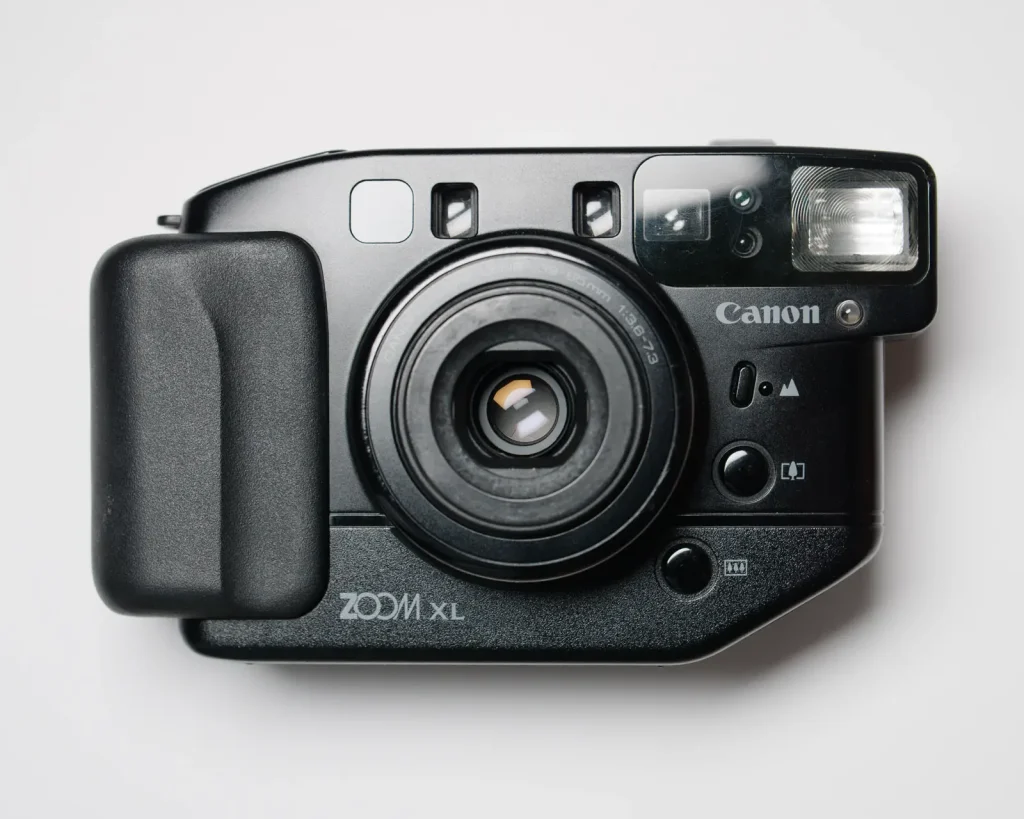
In the hand the Canon Sureshot Zoom XL is surprisingly light. It looks very heavy and solid, but it feels much lighter and almost flimsy. The film door creaks and clicks a little if you push on it. And if you shake the camera a bit, things rattle around inside quite worryingly. I checked this on another copy of the Zoom X Land found it was the same. So I think it was designed like this. It’s just not as solid as it looks. It’s best held in two hands, with the left forefinger resting under the lateral protuberance of the flash. The right hand is accommodated by a moulded grip on the front and thumb groove on the rear. This allows for very steady handheld shots as the Zoom XL is then well balanced in all axes. One-handed operation works well for right-eyed shooters who can substitute their nose for a left hand.
However, carrying the Sureshot Zoom XL in one hand by one’s side, which is something I like to do while wandering about between shots, feels a little awkward. A neck strap or bag is more appropriate here. And speaking of bags, you might need one if it’s warm outside as the Zoom XL is not going to fit in a jeans pocket, although a coat pocket is fine. It’s less hassle to carry than an SLR (it’s smaller and you don’t have to worry about a lenscap), but not as straightforward as a true compact. A big pocket, a bag of some sort or a glovebox is a good home for this camera.
Canon Sureshot Zoom XL Features
The Canon Sureshot Zoom XL power switch is on the rear, tucked away near the base. Switching it on, the lens whirrs into life instantaneously. When you hold the camera with two hands, the first two fingers of your left hand cover the zoom buttons, which are ingeniously positioned on the front. Zooming is relatively quick. The focal lengths are indicated on the lens barrel, viewable from above, in three increments (50, 70 and 85 – the default 38mm is not indicated). Slightly above the zoom controls is the infinity focus button.
The top panel has an LCD display with frame indicator, battery level, flash mode and other information. Three normal buttons control a variety of functions and one tiny button rewinds the film. Flash is on auto upon powerup and settings are not retained on shutdown, but it’s only two quick presses on the flash button to disable it. Other flash modes are always on, or slow sync which also utilises a slower shutter speed.
There’s a feature on Zoom XL called Intelligent Framing Zoom mode. The manual states “once you set the shooting magnification, the camera memorises it and lets you take pictures with the same subject size from a different shooting distance or angle”. I haven’t used it. However, the button that controls this also allows to cycle between single and continuous shooting at 1.2 frames per second.
The third button is a ten second self timer.
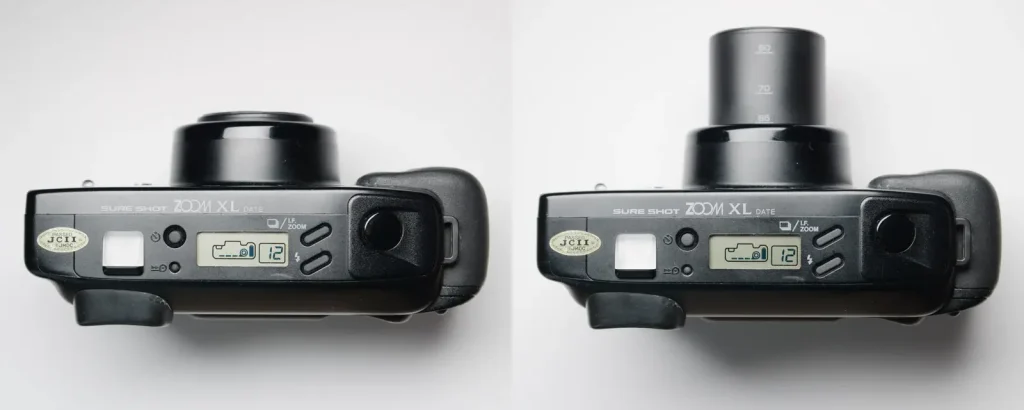
Upon a half press of the button the Canon Sureshot Zoom XL meters and focuses with an audible, reassuring whirr. There are two LEDs in the viewfinder, green and red. The red lamp lights solid when flash is charged or blinks to warn of camera shake in flash off mode. The green LED has to do with focus… and things get a little complicated here. If it’s solid, focus has been achieved in the range of one meter to infinity. If it blinks four times a second focus has been achieved in the range of 0.6 to 1 meter, but you should use the parallax correction marks for framing and AF in the viewfinder. Bizarrely, at the closer end of this range the lamp will then turn solid again, presumably still in focus but I haven’t tested it exhaustively. Move closer than 0.6m, however, and the lamp will blink at sixteen times per second, indicating that focus cannot be achieved because it is too close. This last warning light also may appear in general when the camera might not succeed in focusing on low contrast or horizontal patterns.
In general, I found the Zoom XL’s focus to be fast and reliable insofar as I could easily tell if the camera thought it had focused or not, and its success rate was pretty high at just over 90% so about 3 or 4 shots on a roll of 36 were out of focus (and this includes focus missed due to possible camera shake or subject movement post-focus, but also includes some where the camera definitely messed up big time). This is not as high as an SLR but is nevertheless a very respectable performance for a point and shoot. I think the success rate is due to the spot AF being calculate from quite a narrow central region, which makes focus and recomposing very straightforward.
The Zoom XL’s viewfinder is relatively large and bright. There is a large border between the frame guide and the edge of the viewfinder. The parallax correction marks are offset by quite a bit from the default position though, so I’m not sure how accurate the normal framing rectangle is when the subject is fairly close. Interestingly, in my copy the framing rectangle is not in the precise centre of the viewfinder. There is no diopter adjustment.
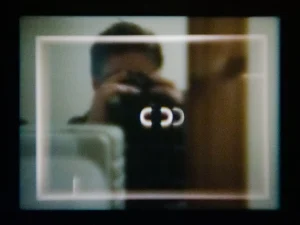
The film recognises full stop DX codes from 50 to 3200. Exposure compensation is “automatically activated by +2 steps when required” the manual says, and it’s not possible to control this in any way. I found the metering to be generally good. Some shots were slightly underexposed, but not many and not by much. I would have liked to have given everything a plus one to get more shadow detail, in which case hacking the DX code on the canister is the way to go.
The battery is a 2CR5. Probably best to buy a couple online, one to use and one as backup, as I haven’t seen it in the shops.
Date back models go from 1987 to 2019. Canon why did you not foresee that someone would still be using your camera in 2020?
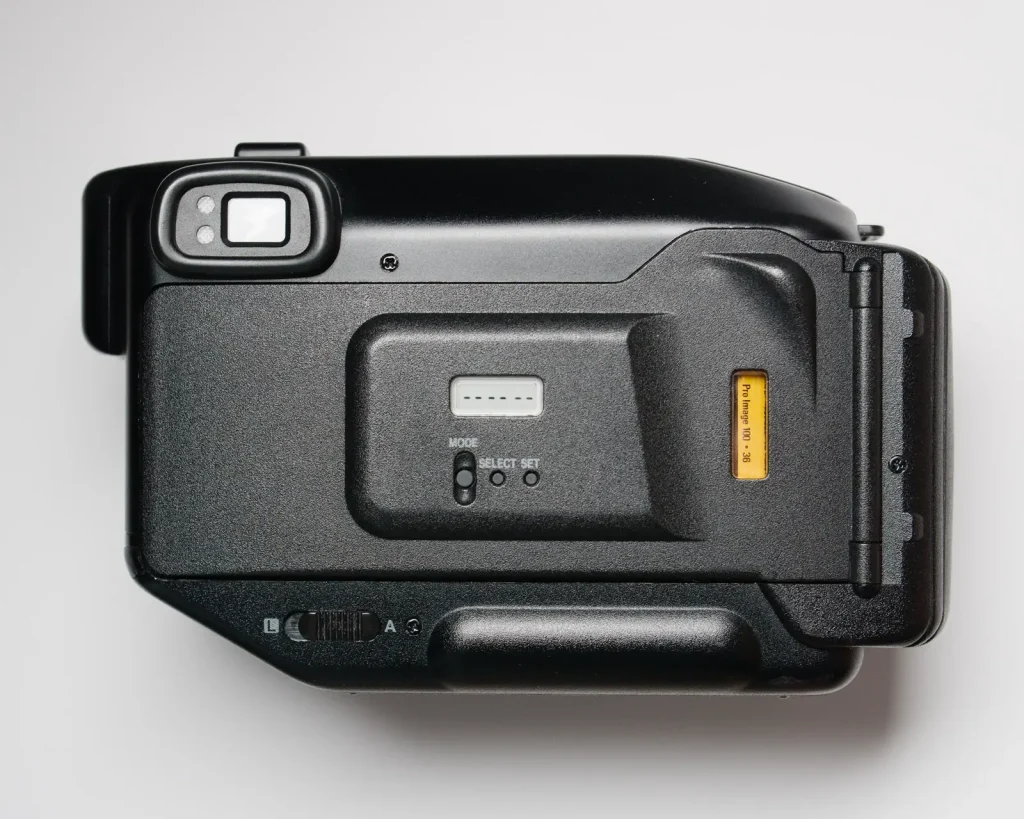
The final feature of the Canon Sureshot Zoom XL that should be mentioned is the little remote control that neatly slides out of the underside of the camera, allowing for all kinds of selfie goodness. The remote shutter allows you to AF at half press and at full press take a shot either instantaneously, or after a 2 second delay.

Lens quality compared to contemporary SLR glass
So far so good, pics are well exposed and usually in focus with the Zoom XL. But is the lens any good? Does Canon’s 1989 claim that it is FD zoom quality actually stack up? Well, I don’t have any FD zooms to hand but I do have a workhorse EF zoom, the 24-105 f4. I shot a test roll on each, trying to shoot the same scene at wide, normal and telephoto focal lengths. I put the 24-105 on an EOS 300x set to P mode so I could see the aperture setting it was choosing. In some cases I used an ND filter over the light sensor and lens of the Zoom XL, closing it down until just before the flash indicator came on in a bid to force it to use its widest aperture. Other times I shot normally and noted the aperture on the SLR, assuming that the point and shoot would use something similar.
Of course there is no way of knowing what aperture the compact actually used, so this test is far from scientific. But aperture uncertainties and focus errors notwithstanding, it does give a rough indication of what you’re likely to get shooting the Zoom XL versus a DSLR with a decent lens, just don’t take the following as gospel:
Canon 24-105 f4L on EOS 300X on left, Sure Shot Zoom Xl on right. Scans were corrected for variances in density and colour balance.
Neither the EOS SLR nor the Canon Sureshot Zoom XL has the upper hand when it comes to exposure. Most of the time the two exposed very similarly. Sometimes one over or under-exposed compared to the other and sometimes it was the other way round, with no discernible pattern.


There is a distincitve glowy rendition to the Zoom XL, almost as if a diffusion filter had been placed on it. I’m pretty sure I had given both the front and rear elements a bit of a rub with a lens cloth before the shoot, and I don’t seen any defects within the lens itself so I’m inclined to think this is its natural behaviour. I hadn’t noticed this diffuse glow when shooting the XL on its own, only when I placed the shots side by side with the 24-105.
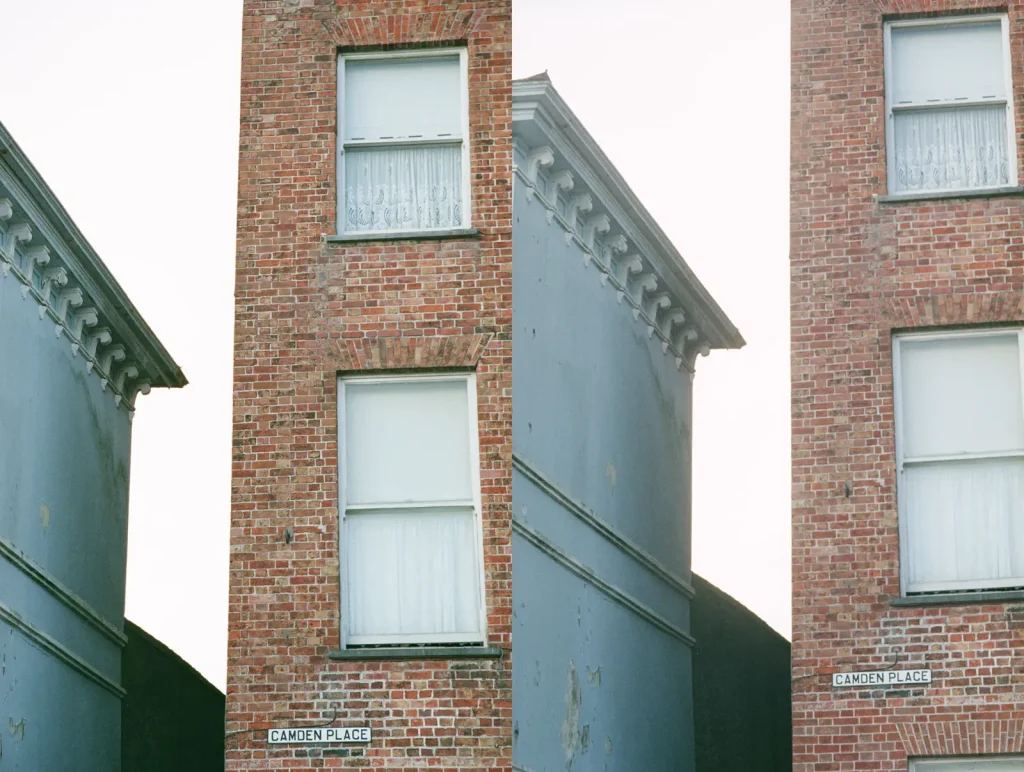
Very soft corners at 38mm at what I assume must be wide open. I’m talking about quite a bit of mush here. However, centre sharpness is respectable wide open. And the corners become acceptable once the lens stops down, but still a bit soft. Mild pincushion distortion.

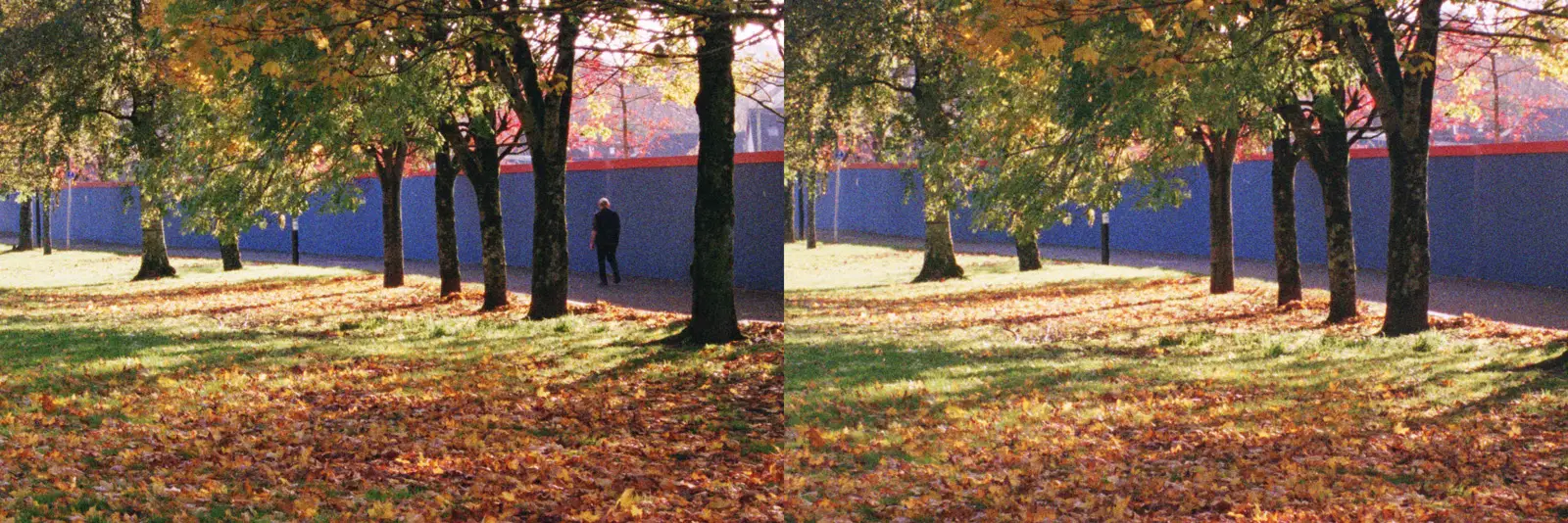
Decent sharpness at 50mm from center to corners, comparable to the SLR lens but not quite as good when viewed at 100% of a 24 megapixel scan, and almost indistinguishable at 12 megapixel (roughly 10×8 print size)

At 70mm sharpness is still pretty good, but clearly not as sharp as it was at 50mm, and the SLR lens is noticeably sharper than the Xoom XL

85mm is soft even in the centre. But it’s evenly soft throughout the frame, if that’s any consolation. I was a bit surprised that sharpness dropped so much from 70 to 85, but lots of the shots I took at the longest focal length were noticeably soft, assuming there was no focusing error.

Despite a few significant shortcomings, this is a decent showing for the Canon Sureshot Zoom XL and if you jumbled up the test shots and showed them to me at random I’d be hard pressed to tell which is which, aside from the telltale diffuse quality. In the past when I’ve taken comparison shots between compacts and SLRs with decent lens I’ve been a bit gutted to find how much better the results from the bigger package were. But in this case I think the Zoom XL holds up really well, particularly from 50 to 70mm, and Canon’s claims for its lens are probably justified. I mean “comparable to Canon FD interchangeable lenses” – what does that even mean? Maybe it means “just about almost as good as some variable aperture zoom from thirty years ago”. If so, that sounds good to me!
Portraits and People Shots
I think the Canon Sureshot Zoom XL is a great camera for shooting people with. The lens is not very wide or very long but it can do some shallow depth of field if conditions are right, and it’s decently sharp in the middle of the range. Here are a few:
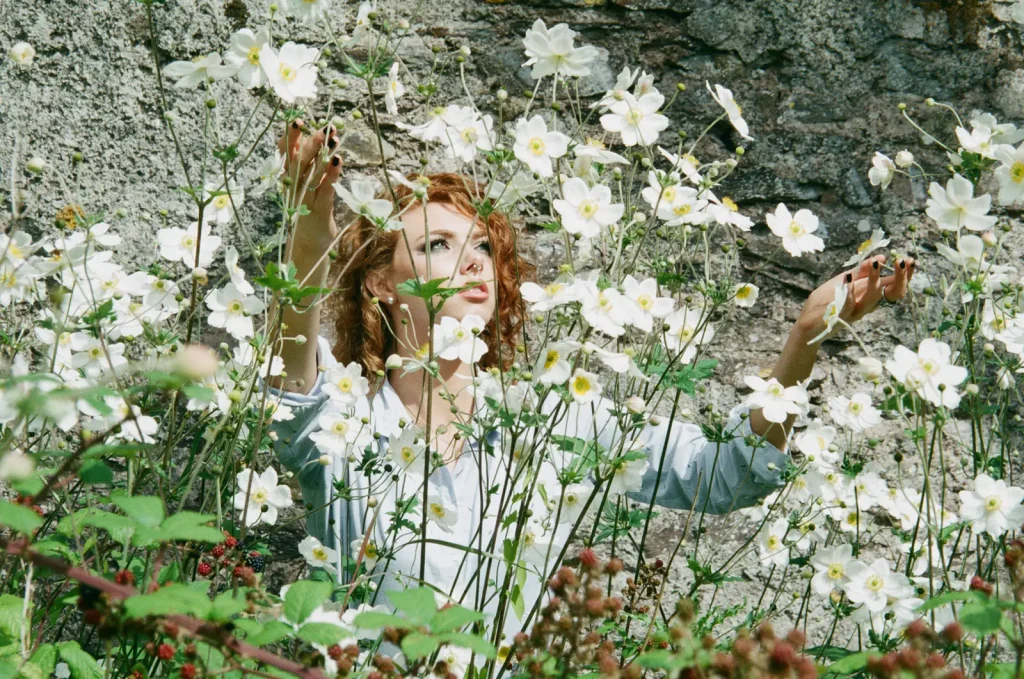


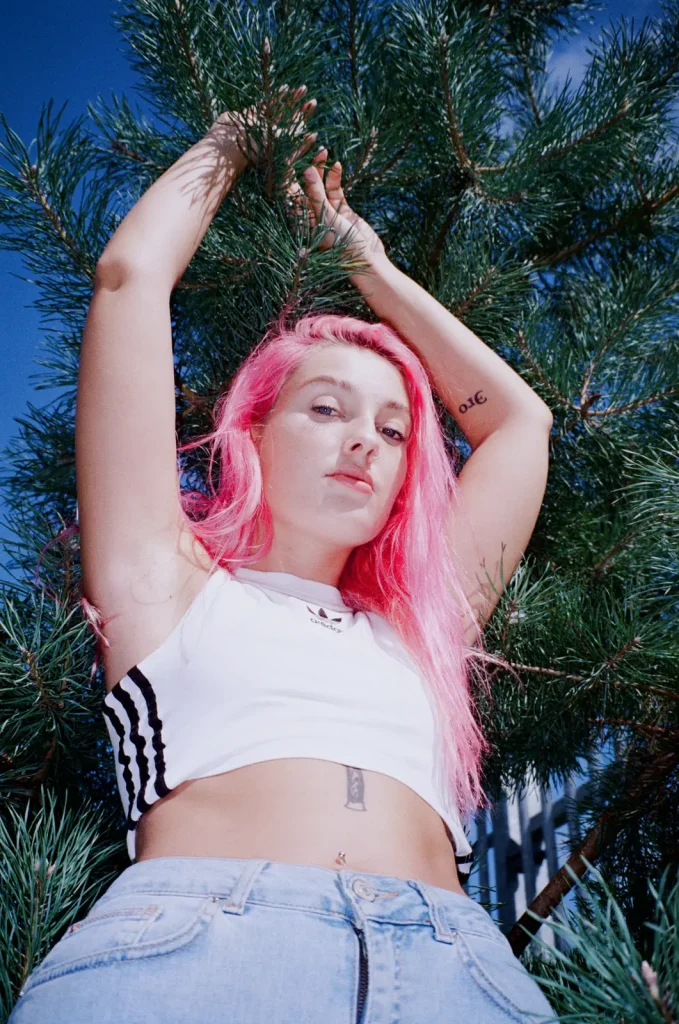
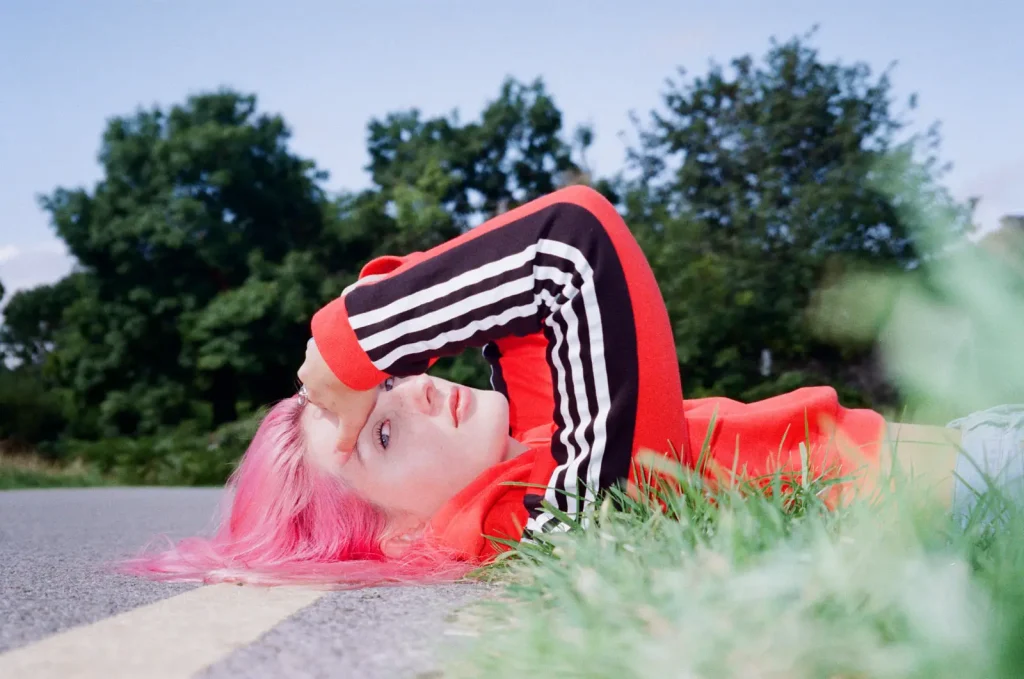
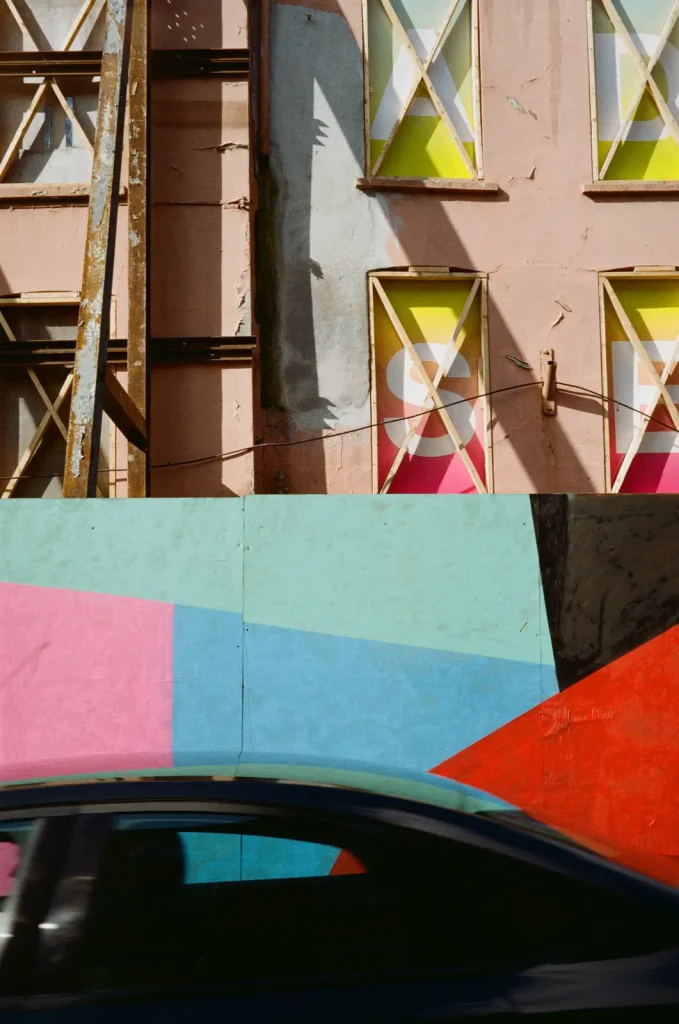
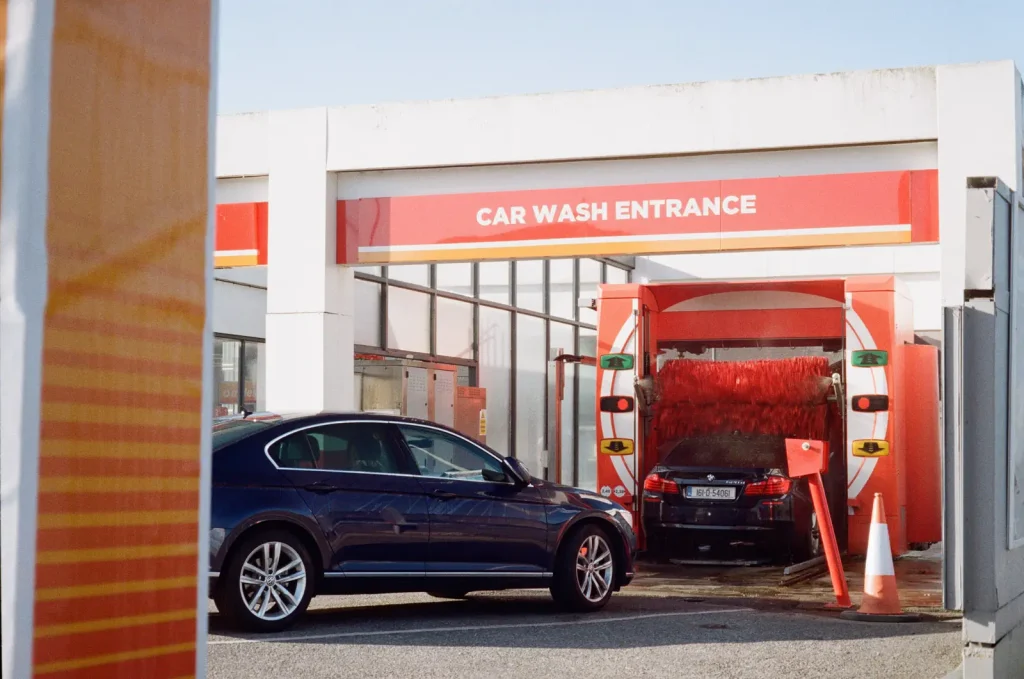

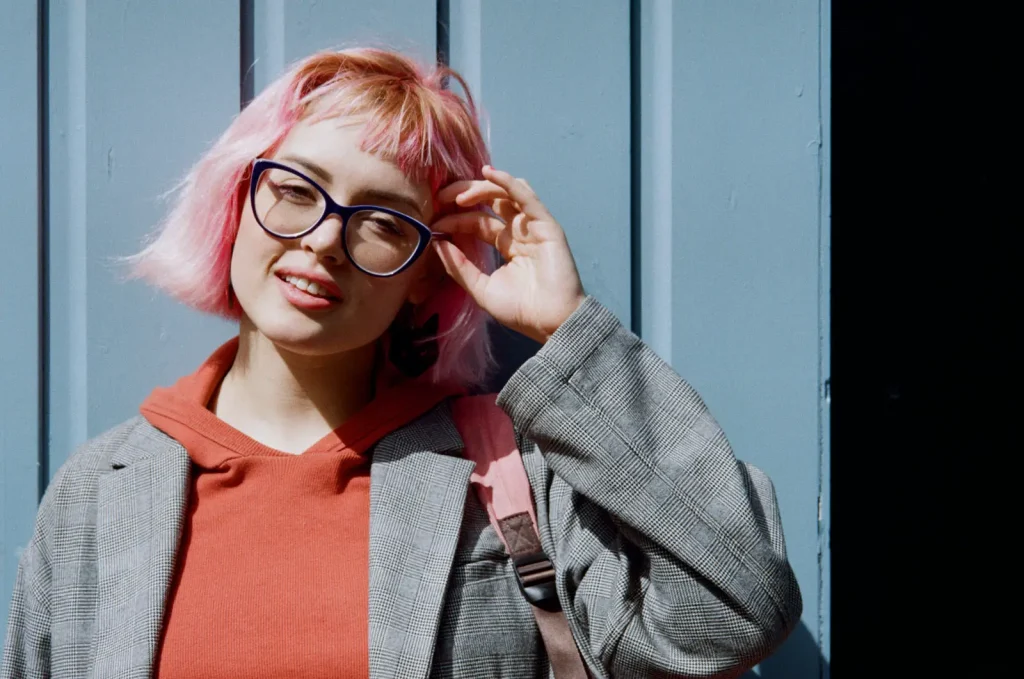
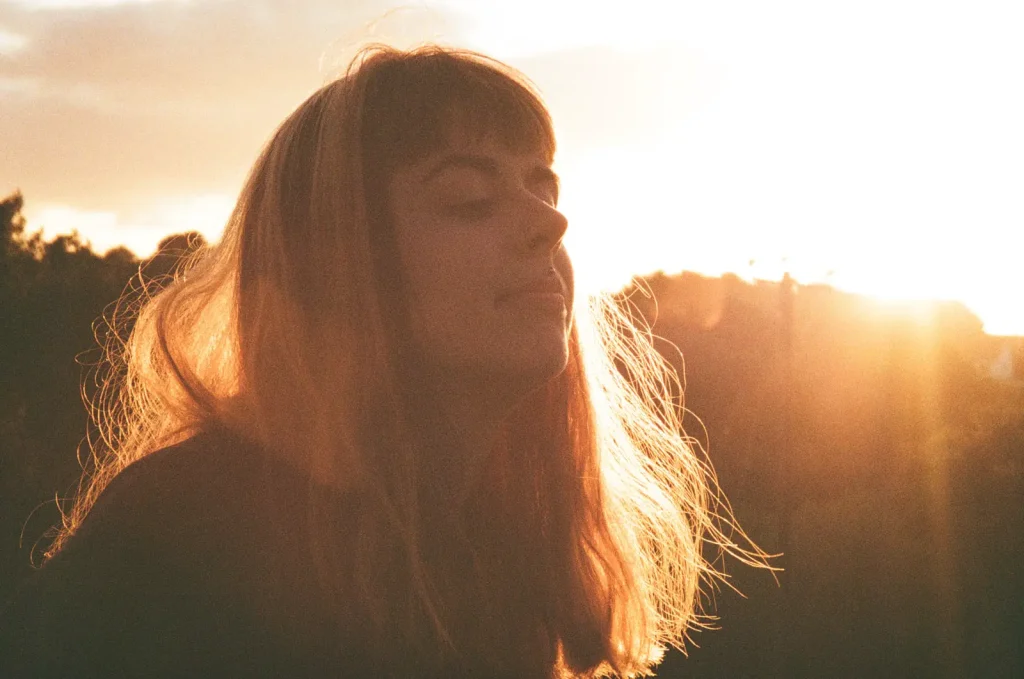
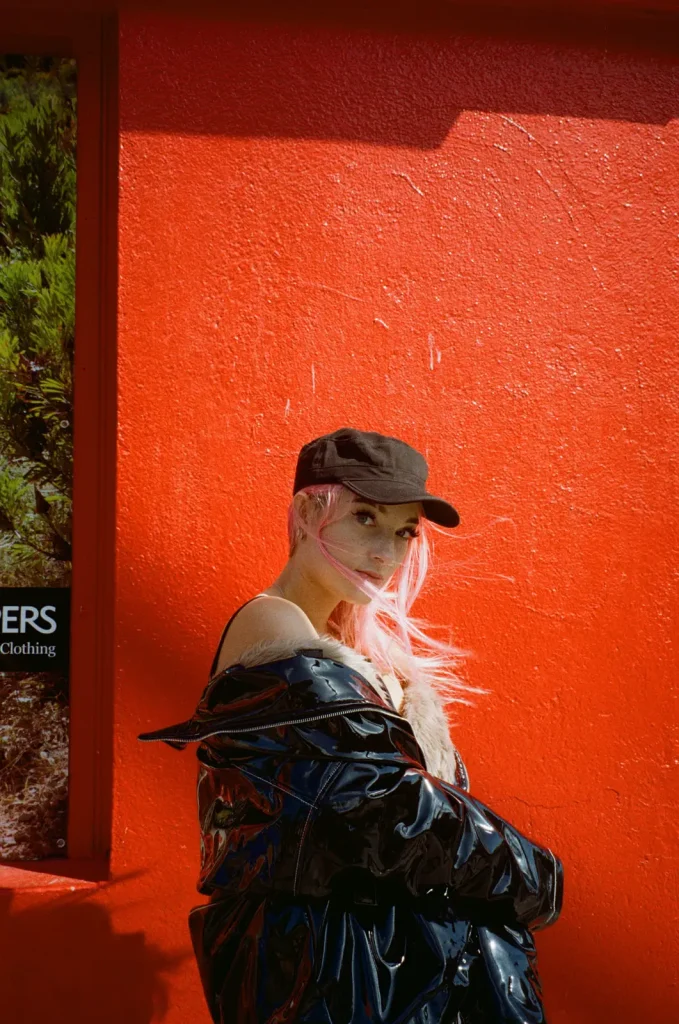
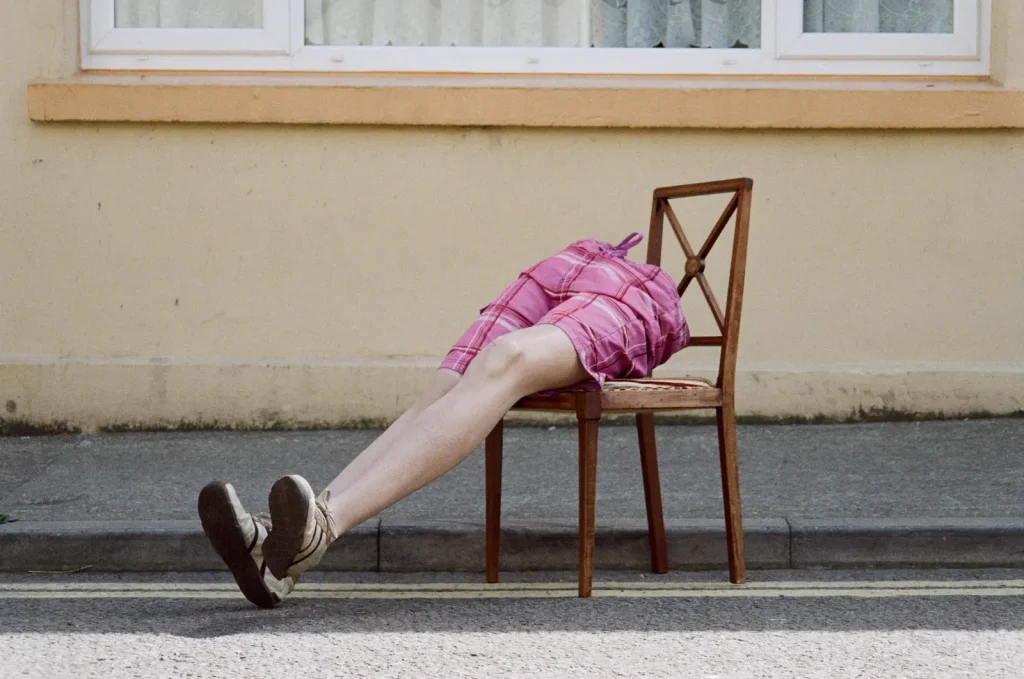
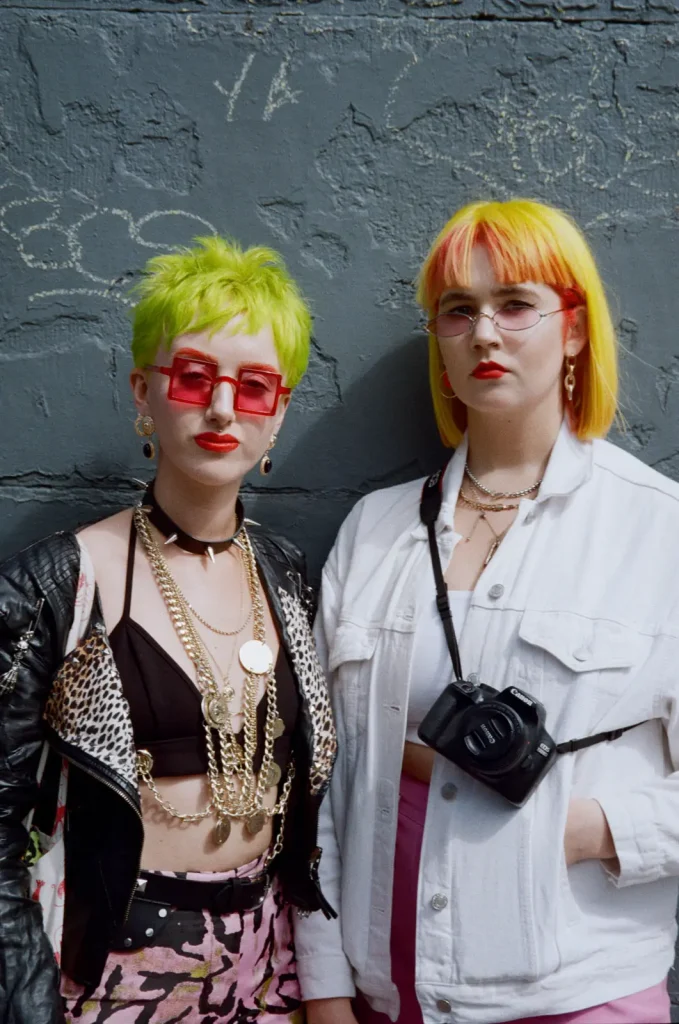
Canon Sureshot Zoom XL Conclusions
If you can get over its size, the Canon Sureshot Zoom XL is a fun camera to pick up and shoot with. It’s a beast, but a good looking beast. The process of shooting feels sane and sensible and it’s reassuring to know that there’s a very good chance that the images it makes will actually turn out quite nice.
Mike Hannon does bread and butter photography and video, makes the occasional experimental documentary and has recently been doing a bit of creative portraiture on Instagram.
Share this post:
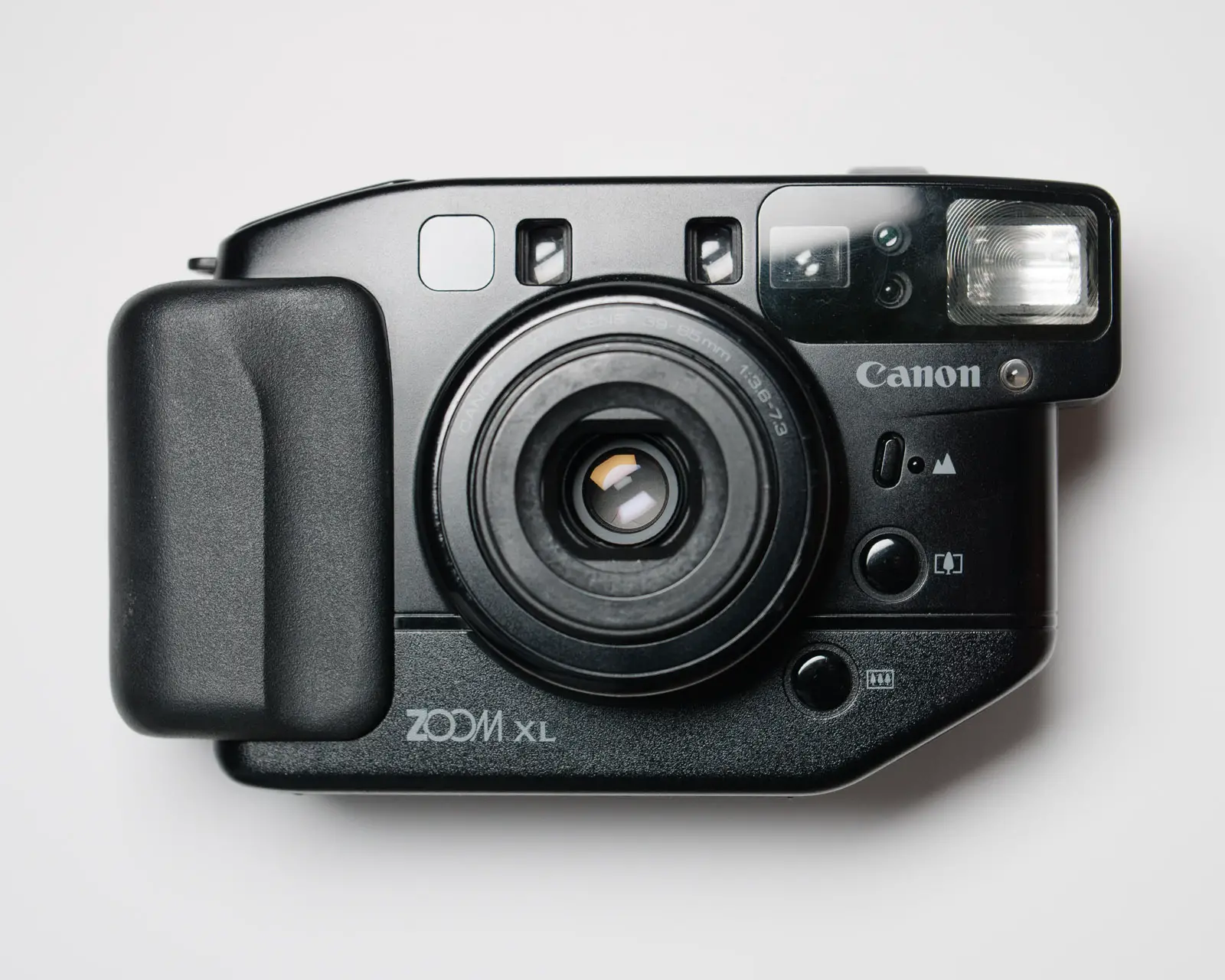








Comments
anil mistry on Canon Sure Shot Zoom XL Review – An Elegant Brute – By Mike Hannon
Comment posted: 21/02/2020
Comment posted: 21/02/2020
Comment posted: 21/02/2020
Terry B on Canon Sure Shot Zoom XL Review – An Elegant Brute – By Mike Hannon
Comment posted: 21/02/2020
I may have missed it, but what film did you use?
Comment posted: 21/02/2020
Figaro on Canon Sure Shot Zoom XL Review – An Elegant Brute – By Mike Hannon
Comment posted: 21/02/2020
Comment posted: 21/02/2020
Huss on Canon Sure Shot Zoom XL Review – An Elegant Brute – By Mike Hannon
Comment posted: 21/02/2020
Love the portraits, it looks like you used the flash on the first series?
I'm sure others will chime in (this site shows 6 comments, but when I drill into it I see zero..) but 125sec/f4 for 400 ISO film in good light results in an overexposure of about 6 stops!!! The Sunny F16 rule tells us to set your shutter speed for 1 over ISO (rounded up) so in this case it would be 1/500sec. Then if it is sunny, use f16. 125sec is 2 stops more light. f4 is another 4 stops. Total is 6 stops over!
I guess this shows the flexibility of colour negative film!
Great pics, that's all that matters.
Comment posted: 21/02/2020
Comment posted: 21/02/2020
Comment posted: 21/02/2020
Andreas on Canon Sure Shot Zoom XL Review – An Elegant Brute – By Mike Hannon
Comment posted: 22/02/2020
Comment posted: 22/02/2020
Comment posted: 22/02/2020
Comment posted: 22/02/2020
Trương Nguyên Phương on Canon Sure Shot Zoom XL Review – An Elegant Brute – By Mike Hannon
Comment posted: 12/06/2020
Comment posted: 12/06/2020
Jade Mallick on Canon Sure Shot Zoom XL Review – An Elegant Brute – By Mike Hannon
Comment posted: 13/08/2020
Unfortunately I’ve broken the display screen. Random question but do you know if it’s replaceable at all? I miss shooting with it so much and totally devastated :(
Comment posted: 13/08/2020
Ten of the quirkiest compact film cameras - Kosmo Foto on Canon Sure Shot Zoom XL Review – An Elegant Brute – By Mike Hannon
Comment posted: 31/03/2022